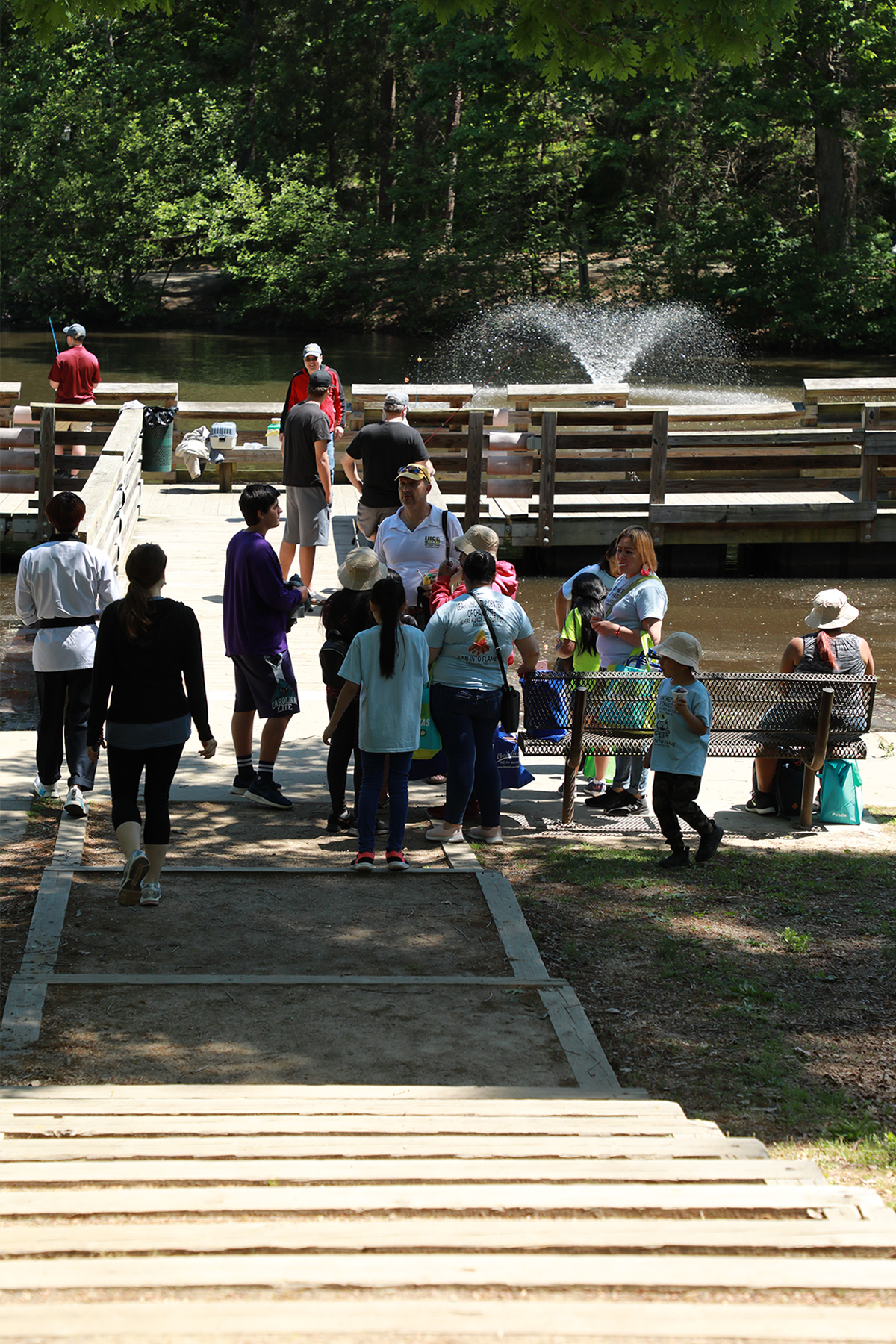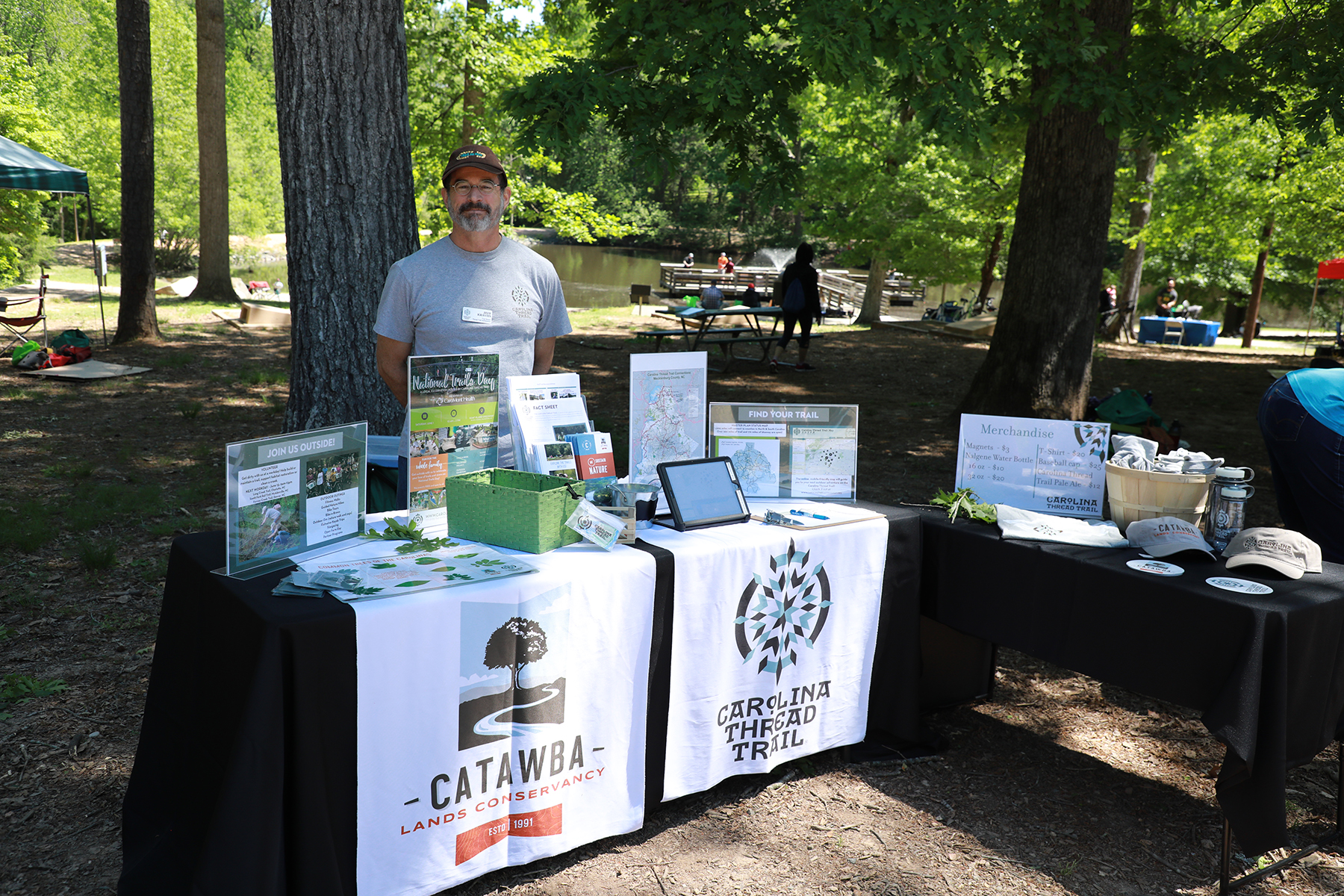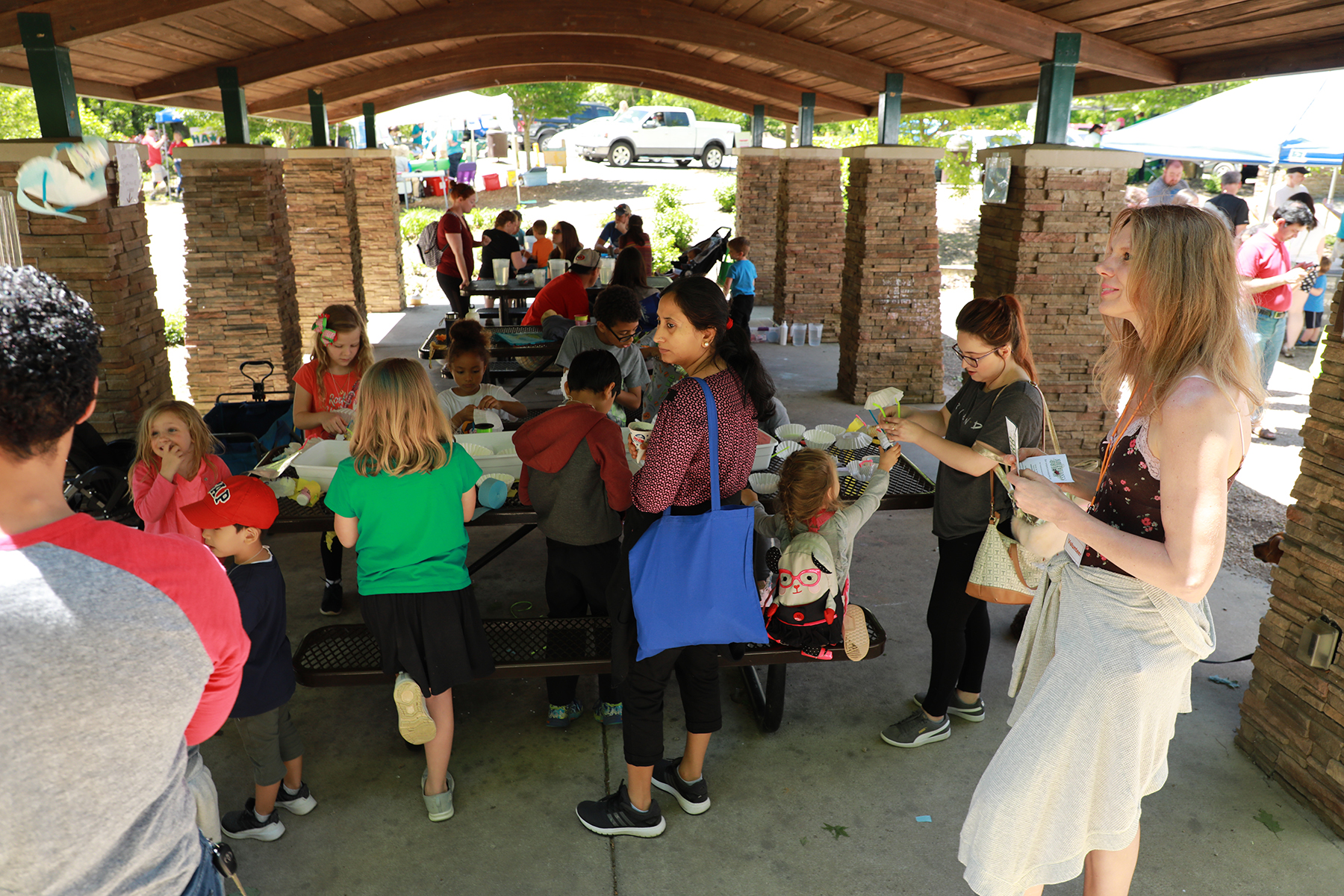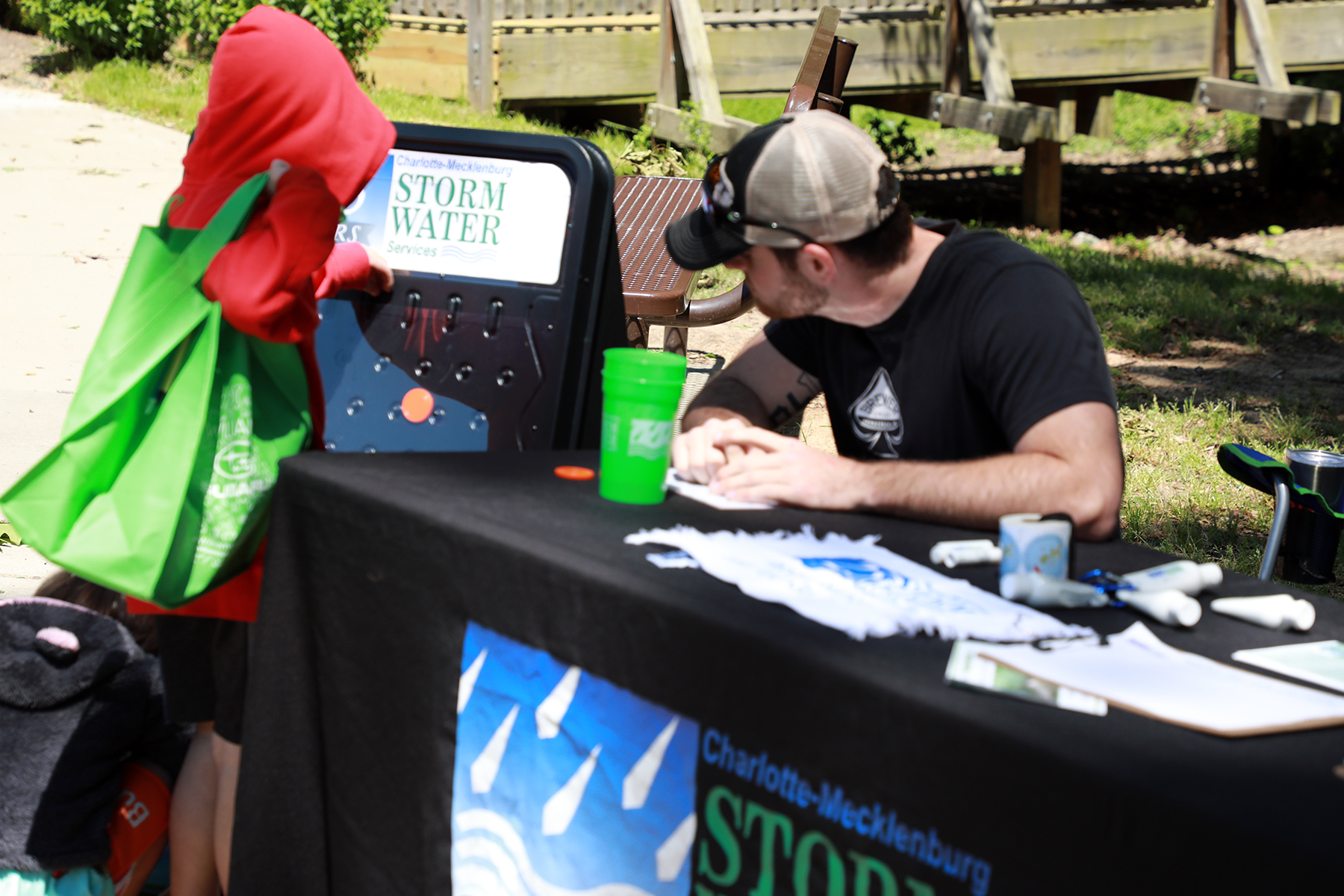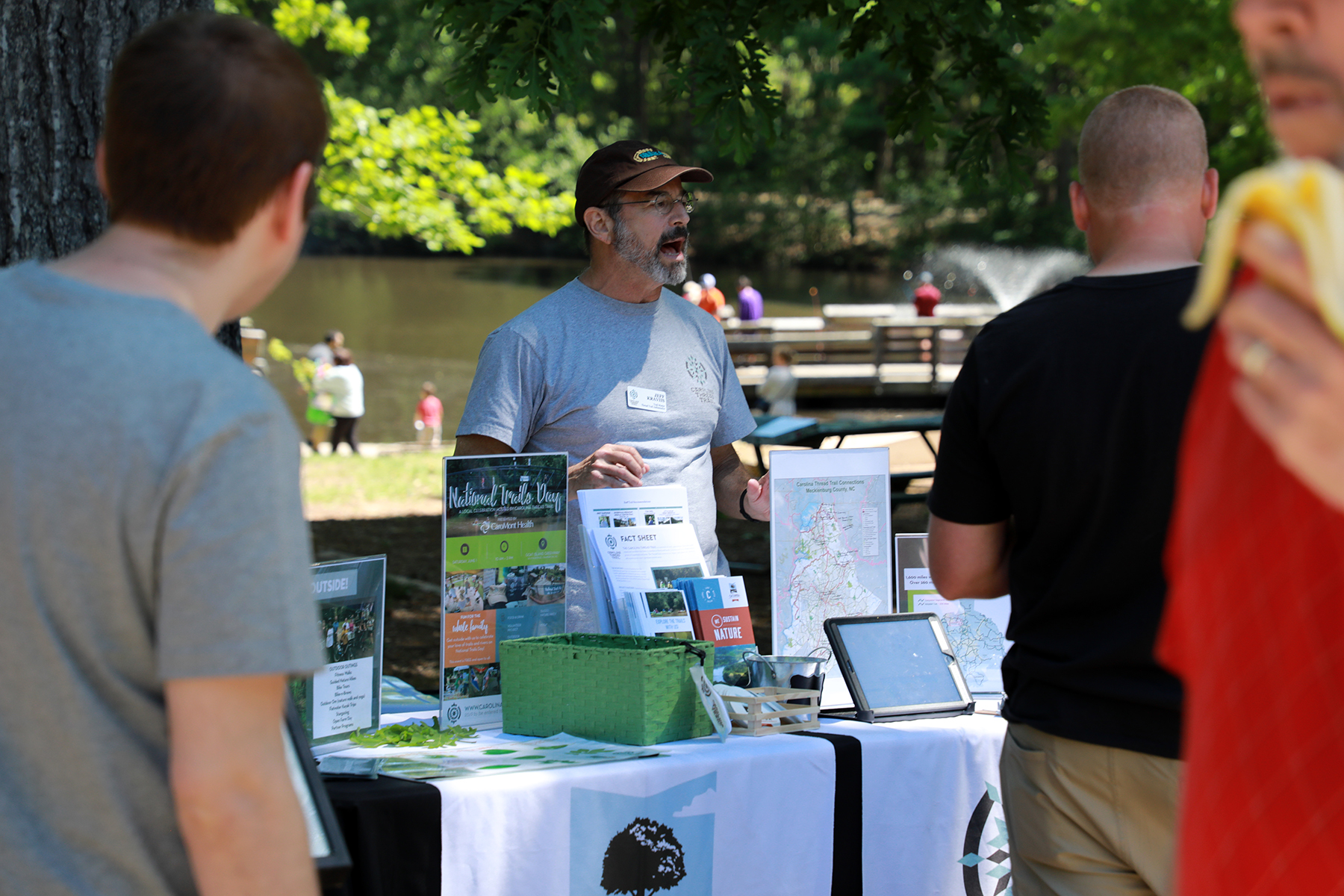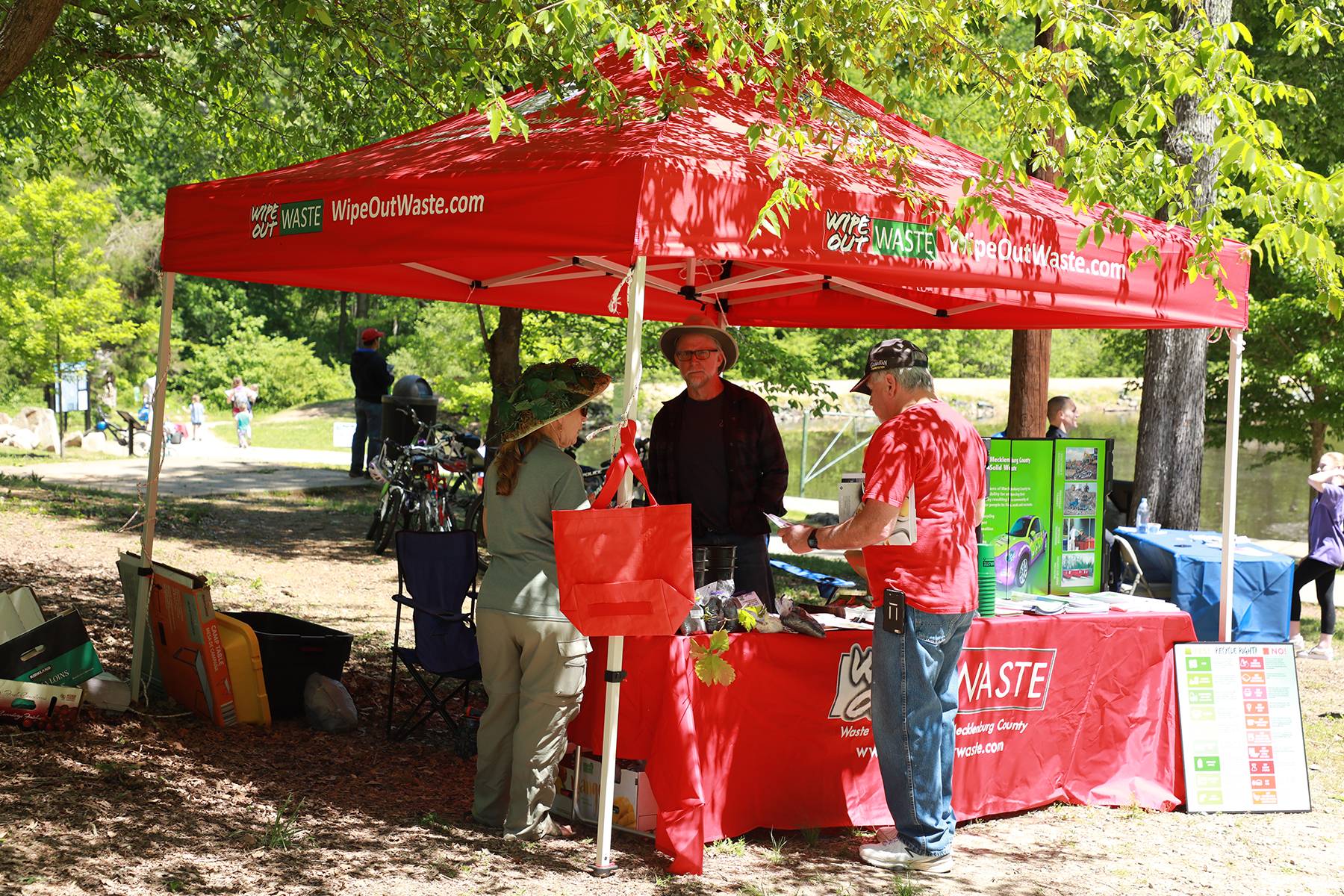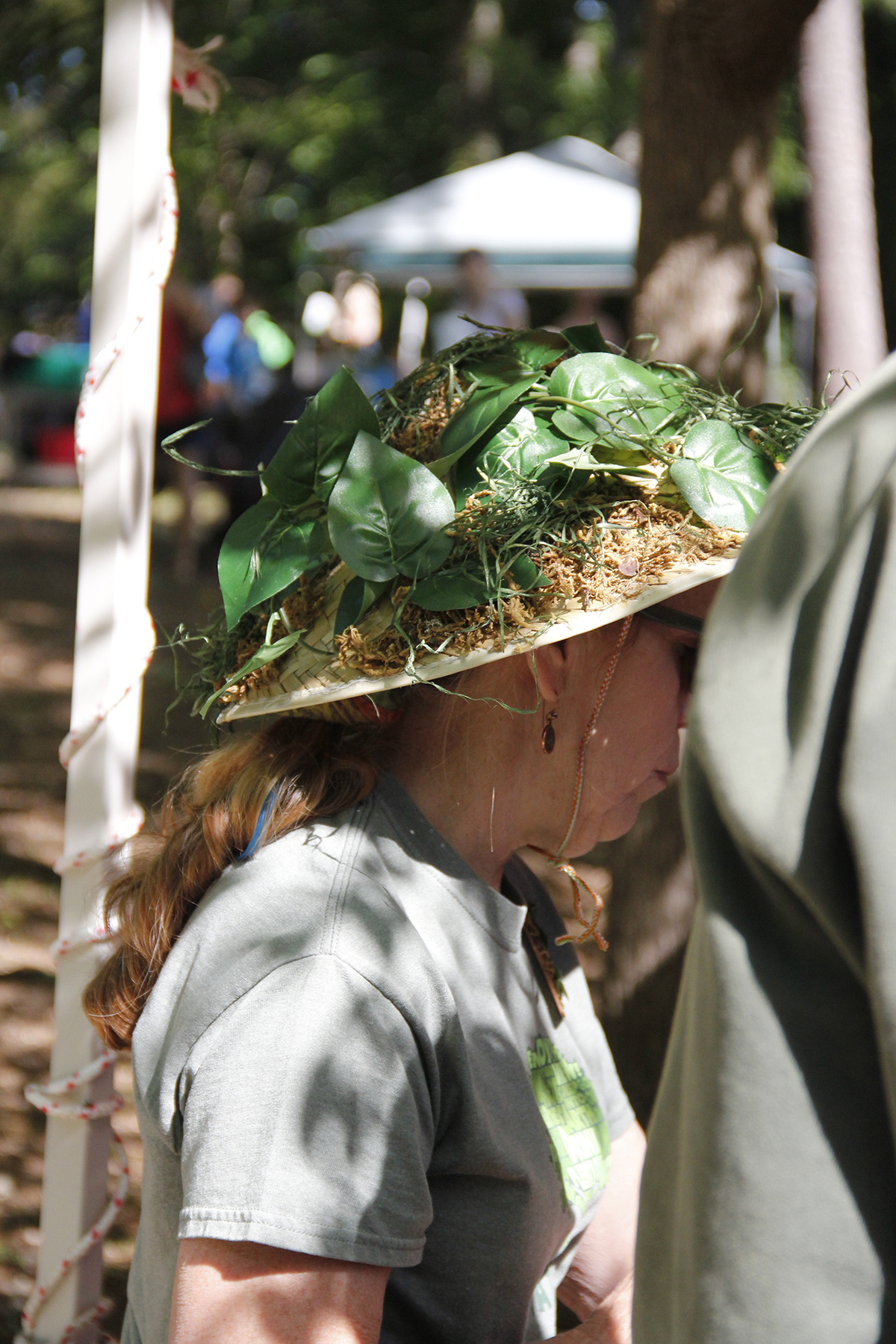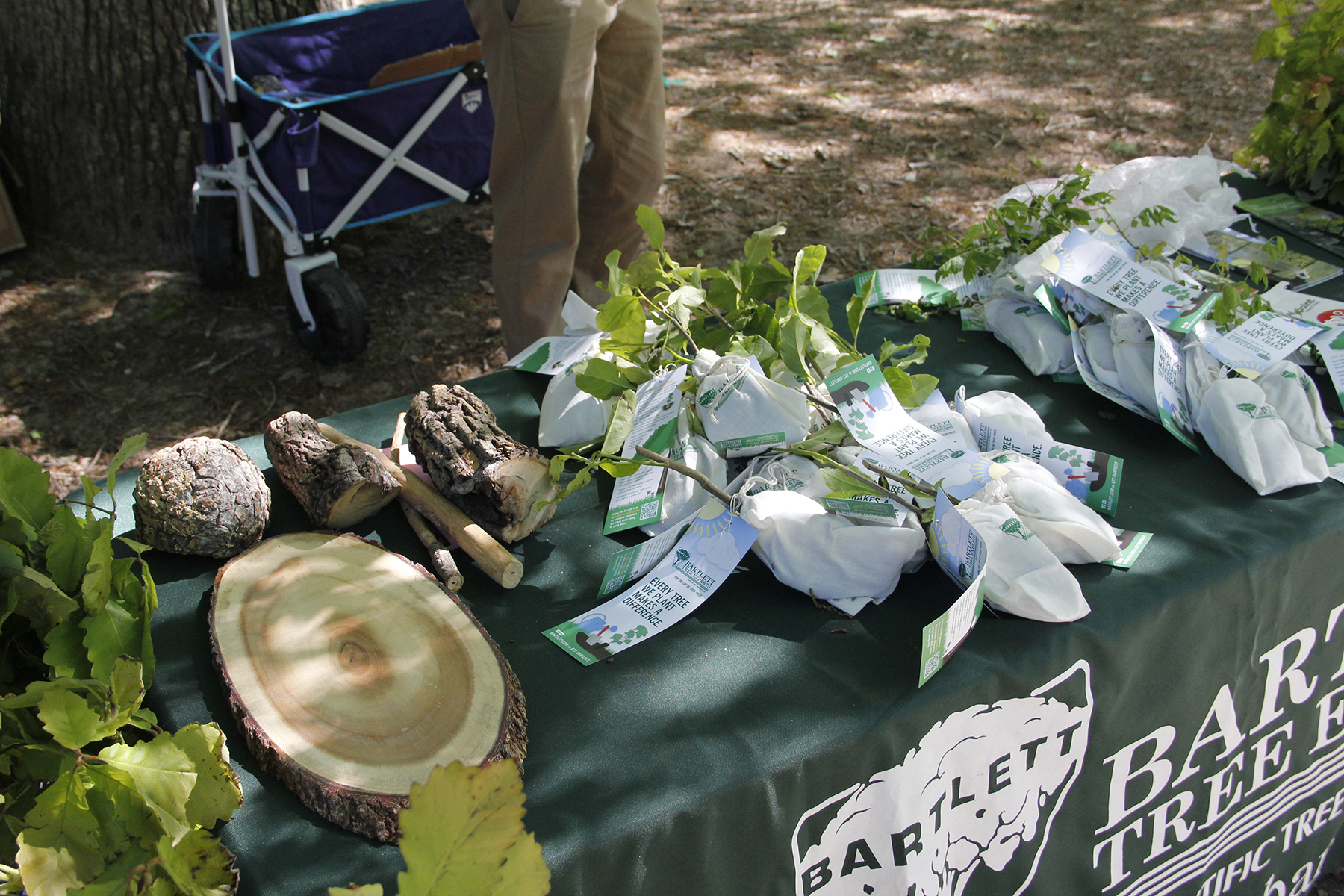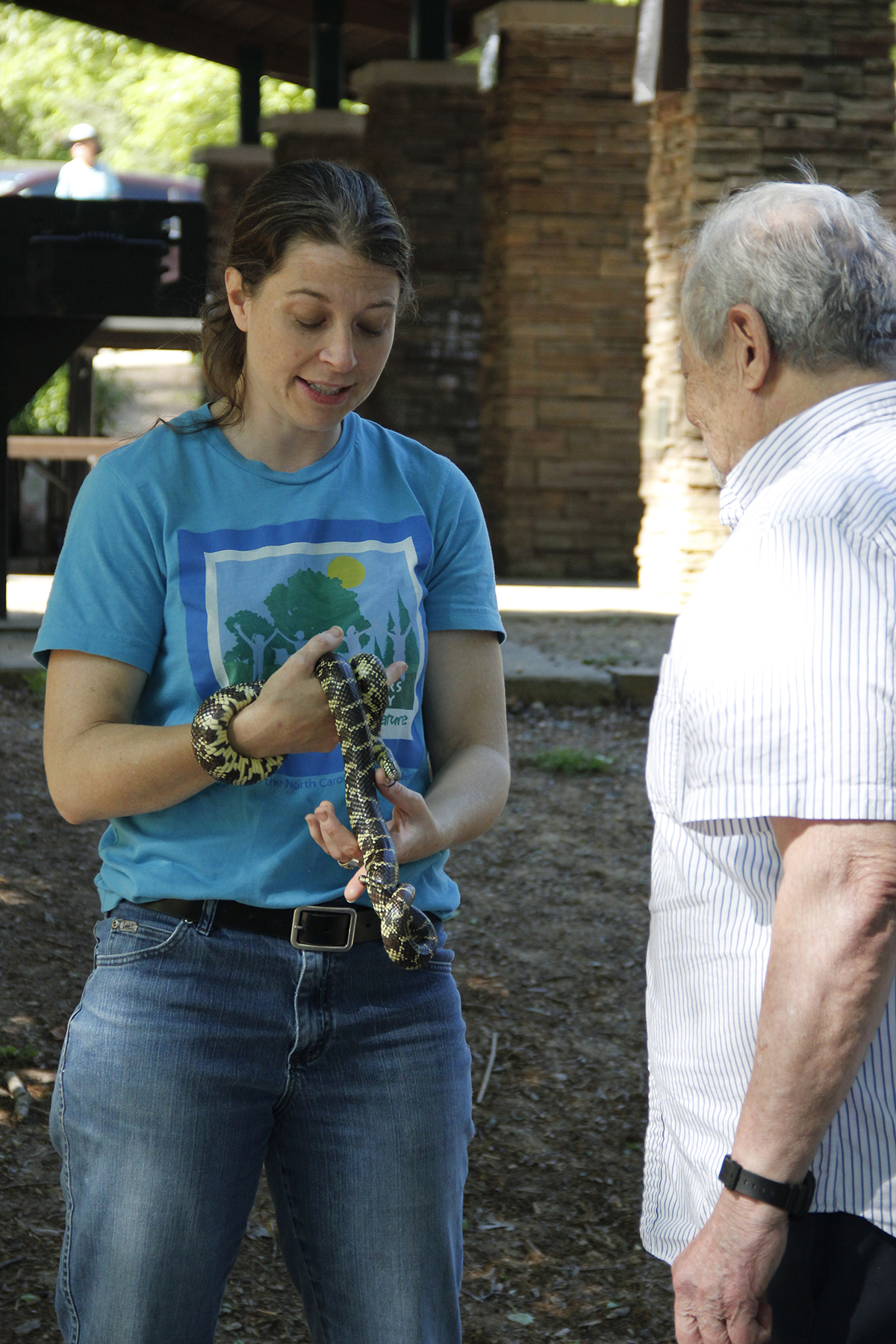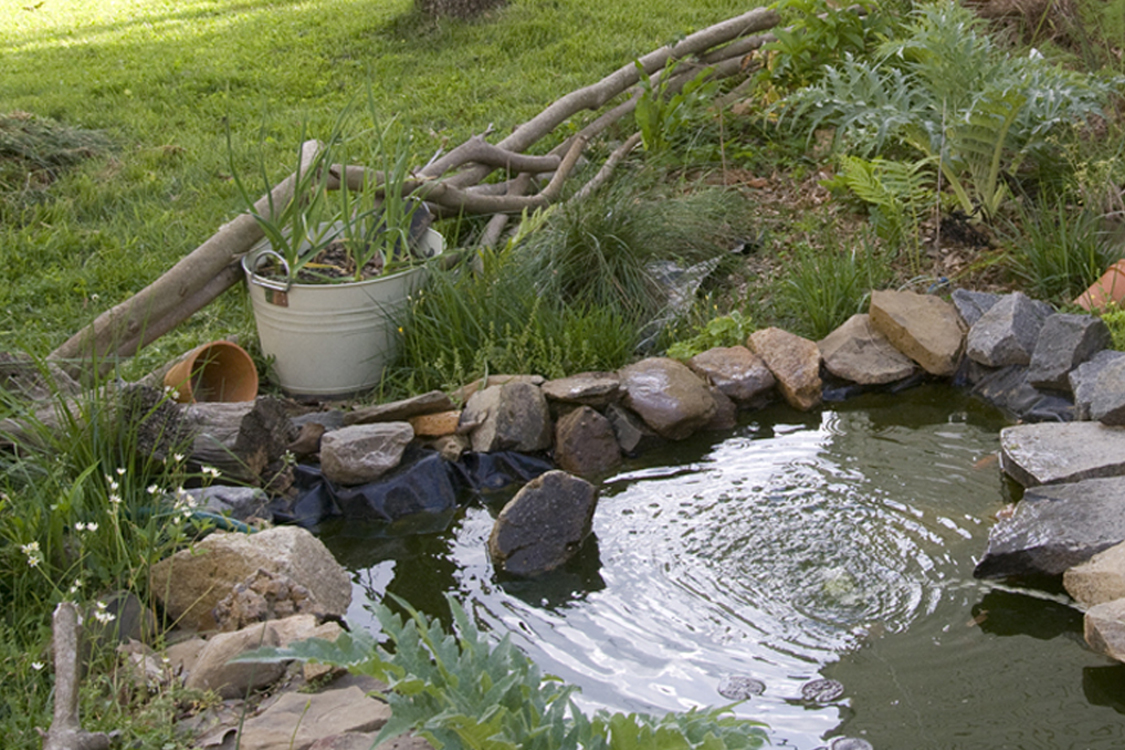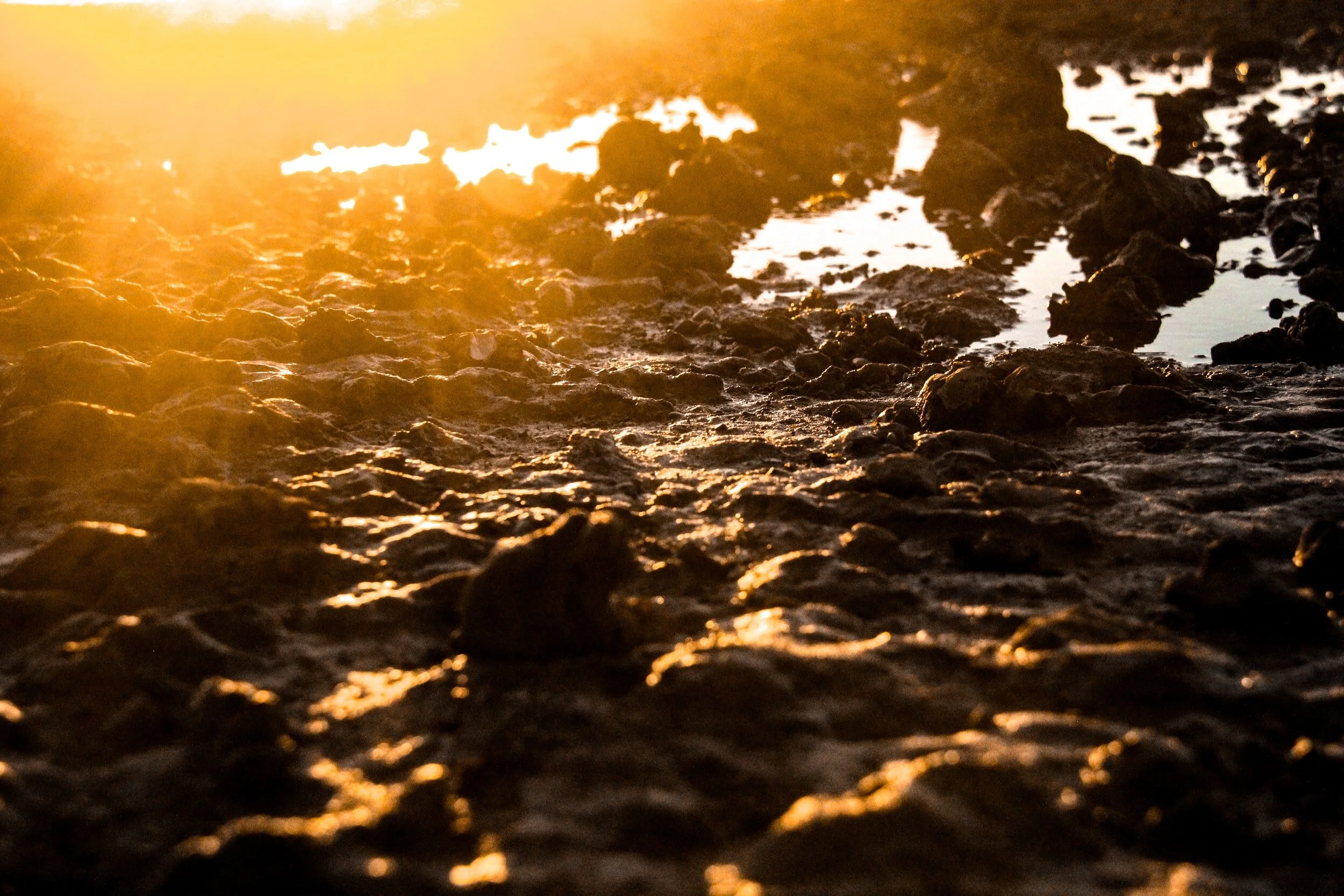A lot of ground has been lost, literally and figuratively, on the environmental front recently. Rather than throwing your hands up in despair how about asking what we as individuals can do. Small acts can make a difference.
We’re going to explore how to create wildlife habitats in several columns. Today we’ll look at the requirements for wildlife habitats and places to create habitats.
Every wildlife habitat requires the same things: food, water, cover, places to raise young, and sustainable practices. These requirements can be naturally occurring, such as a pond or berry-bearing plant, or you can provide them in the form of a bird bath or feeder. Over the next few columns, we’ll look at how easy it is to provide each of the required elements.
The best, and easiest, place to start is your own home. Size isn’t an obstacle. You can create a habitat at an apartment with a balcony or patio, a farm with acreage, or anything in between.
You can also create a wildlife habitat at a daycare, nursery school, as well as elementary, middle and high schools, and on college campuses. Obtaining permission from the school and/or county authorities is a starting point. Creating a budget is next, along with establishing a committee to create and care for the habitat long-term. Matthews has many examples of wildlife habitats at schools. Ask if your school is a habitat and if they need your help!
Businesses can also be habitats and can get good PR for taking this step. We have veterinarians to investment companies certified! Places of worship are logical places to care for flora and fauna. This is an excellent project for children of all ages. We have several places of worship that are wildlife habitats, and there’s always room for more.



